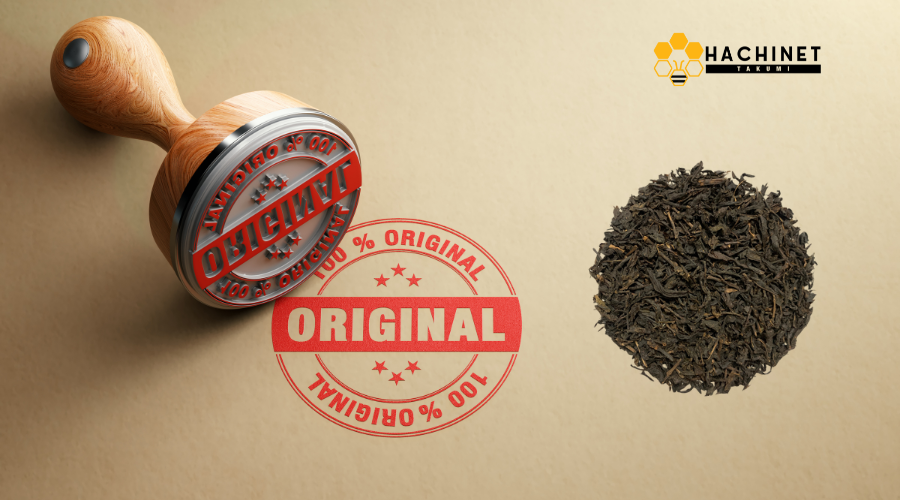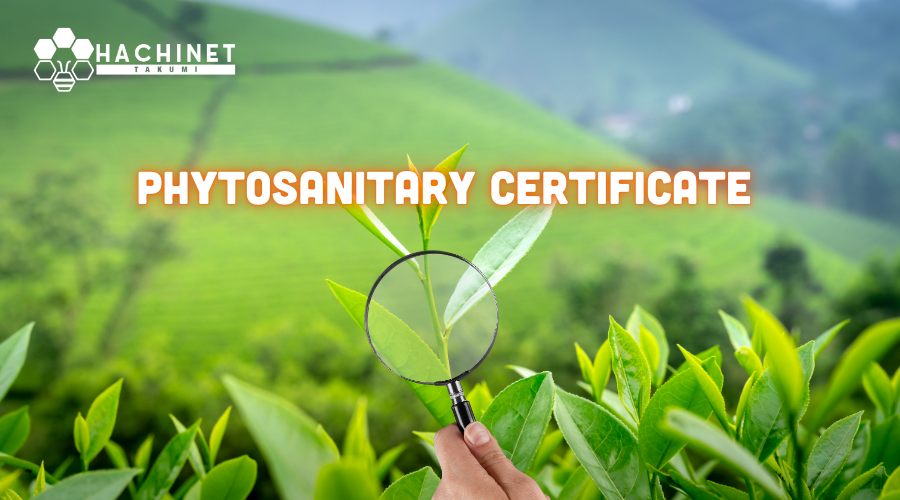The Process of Obtaining a Certificate of Origin for Green Tea Exports from Vietnam

In the global trade landscape, the Certificate of Origin (CO) plays a crucial role, especially for agricultural products like green tea. For businesses involved in the Vietnam Tea Import and Viet Nam Green Tea Export markets, understanding the CO process is essential. This document certifies that the goods being exported are wholly obtained, produced, or manufactured in Vietnam. In this blog post, we'll explore the detailed process of obtaining a Certificate of Origin for green tea exports, ensuring compliance and smooth trade operations.
1. Understanding the Certificate of Origin
A Certificate of Origin is an essential document in international trade. It confirms that the exported goods originate from a specific country—in this case, Vietnam. For green tea exporters, the CO serves as proof of the product's origin, facilitating tariff reductions or exemptions under various trade agreements. This document is often required by customs authorities and importers to determine the eligibility of the goods for import.
2. Preparation of Necessary Documents
To apply for a Certificate of Origin, exporters must prepare several key documents. These typically include:
- Commercial Invoice: Details the transaction, including the quantity, price, and terms of sale.
- Packing List: Provides information on the packaging, including the weight and dimensions of each package.
- Bill of Lading: Serves as proof of shipment.
- Production Records: Evidence of where and how the green tea was produced.
These documents are crucial for verifying the origin and authenticity of the green tea being exported.
3. Application Submission
Once all necessary documents are prepared, the exporter submits an application to the relevant authority. In Vietnam, the Ministry of Industry and Trade (MOIT) and the Vietnam Chamber of Commerce and Industry (VCCI) are the primary bodies responsible for issuing Certificates of Origin. Exporters can submit their applications either online or in person, depending on the guidelines of the issuing authority.
4. Verification and Inspection
The issuing authority reviews the submitted documents to ensure they meet all the necessary requirements. This verification process may include inspecting the production facilities and verifying the origin of the raw materials. For green tea, this means confirming that the tea leaves are sourced and processed within Vietnam. This step is crucial for maintaining the integrity and reputation of the Việt Nam Green Tea Export sector.
5. Issuance of the Certificate of Origin
Once the verification process is complete and the application is approved, the Certificate of Origin is issued. The CO contains critical information, such as the product's description, quantity, and the origin criterion met. This document must be presented to the customs authorities in the importing country to facilitate the clearance of goods.
6. Benefits and Compliance
Having a Certificate of Origin provides several benefits, including preferential tariffs under free trade agreements and a smoother customs clearance process. For businesses involved in the Vietnam Tea Import market, the CO ensures that they are importing genuine Vietnamese green tea. Compliance with CO requirements also helps avoid potential trade disputes and penalties, ensuring a seamless export process.
Conclusion
The process of obtaining a Certificate of Origin for green tea exports from Vietnam is a critical step in international trade. It not only certifies the origin of the product but also opens doors to various trade benefits. For businesses in the Vietnam Green Tea Export and Vietnam Tea Import sectors, understanding and complying with the CO process is essential for successful global trade operations. By following the proper procedures, exporters can ensure that their high-quality Vietnamese green tea reaches international markets without any hindrance.







